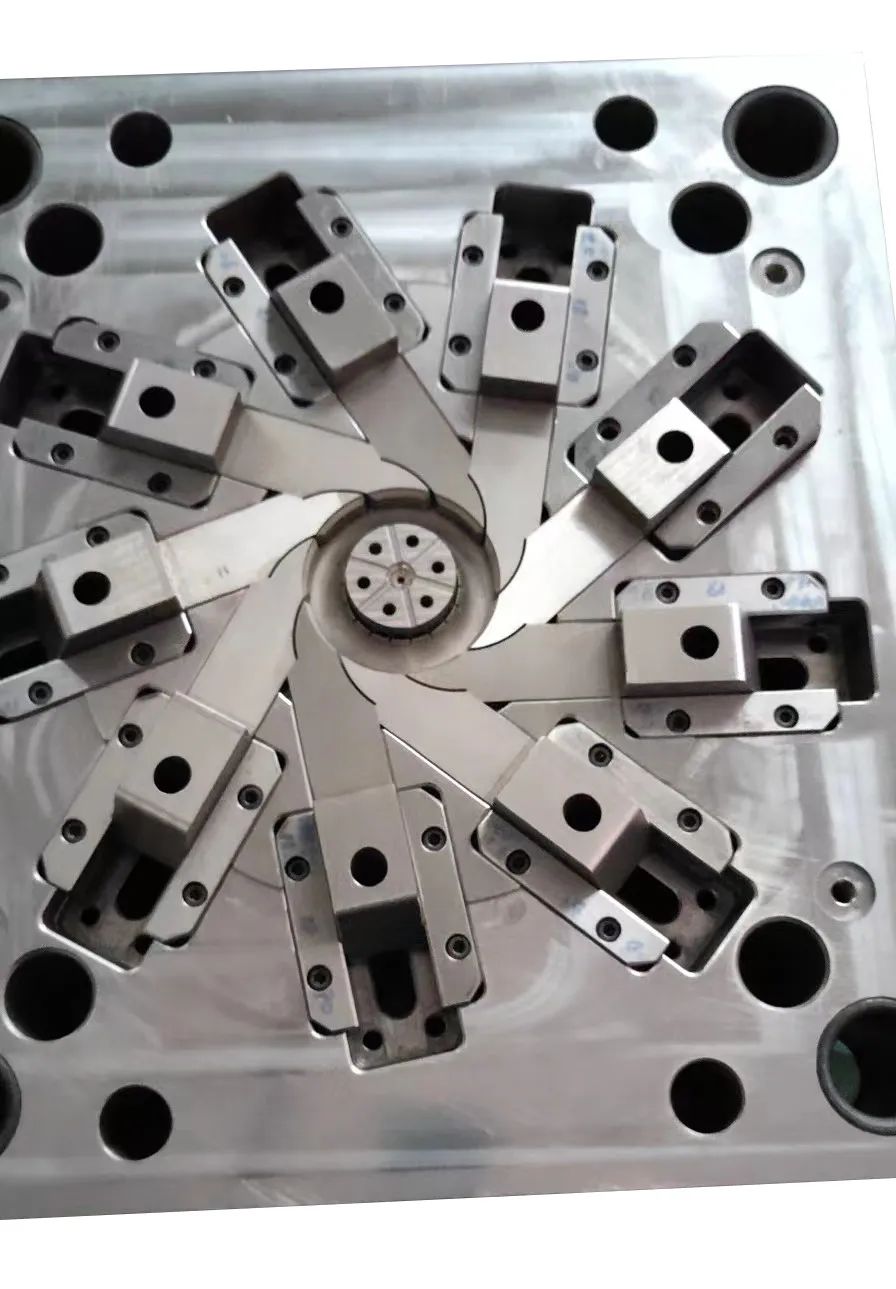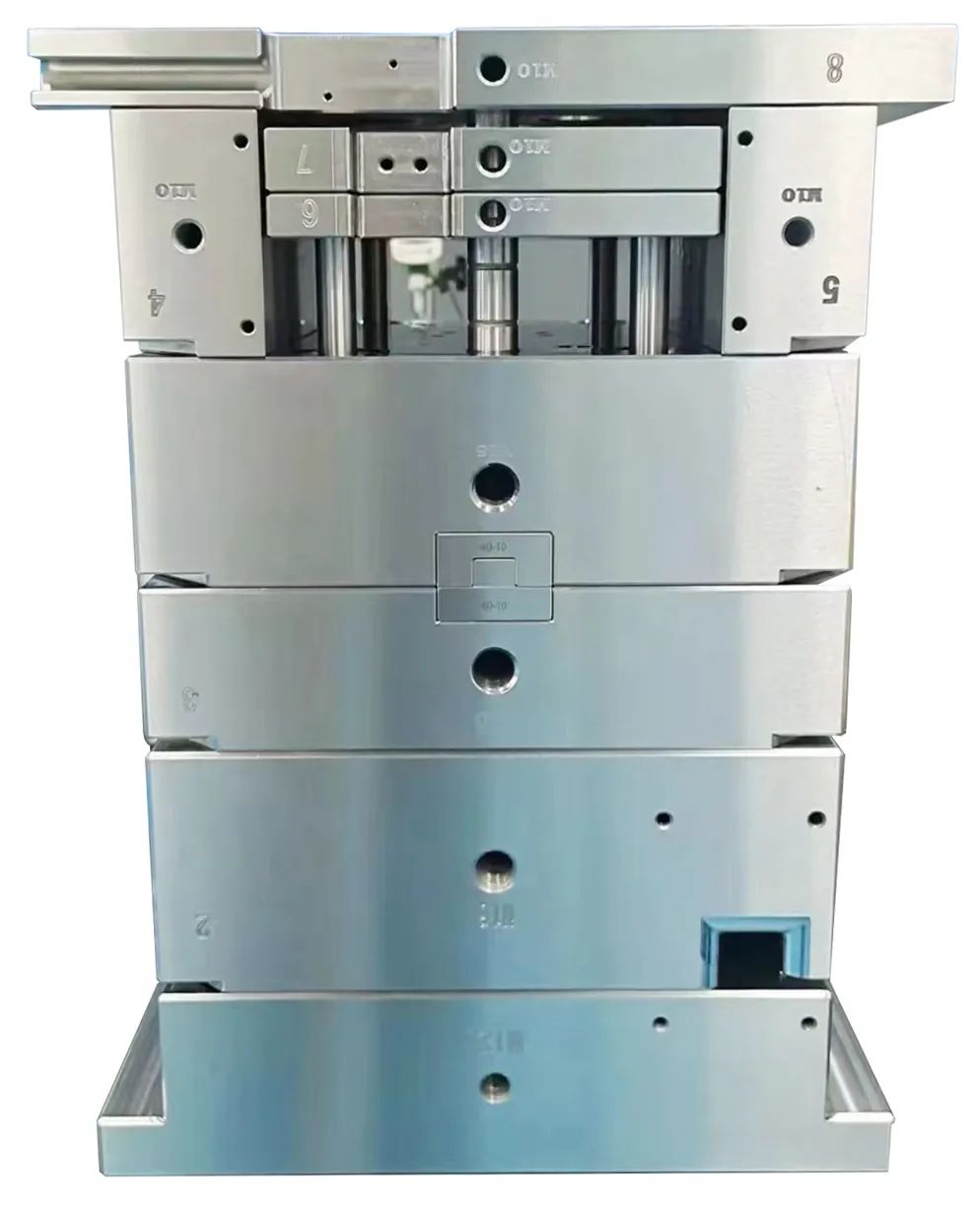 Part Machining / Mould
Part Machining / Mould Sheet Metal / Hand Plate
Customize&Volume Production
 English
English
 Part Machining / Mould
Part Machining / Mould  English
English

rapid tooling rapid tooling is also called rapid mold, which is generally used before the production of formal mold. The rapid tooling can reduce the modification of the formal mold. The rapid tooling can quickly find the problem points in the product structure, and can also improve the production life of the formal mold. The production cost of the rapid tooling is low, the time is fast, and the development cycle is short.
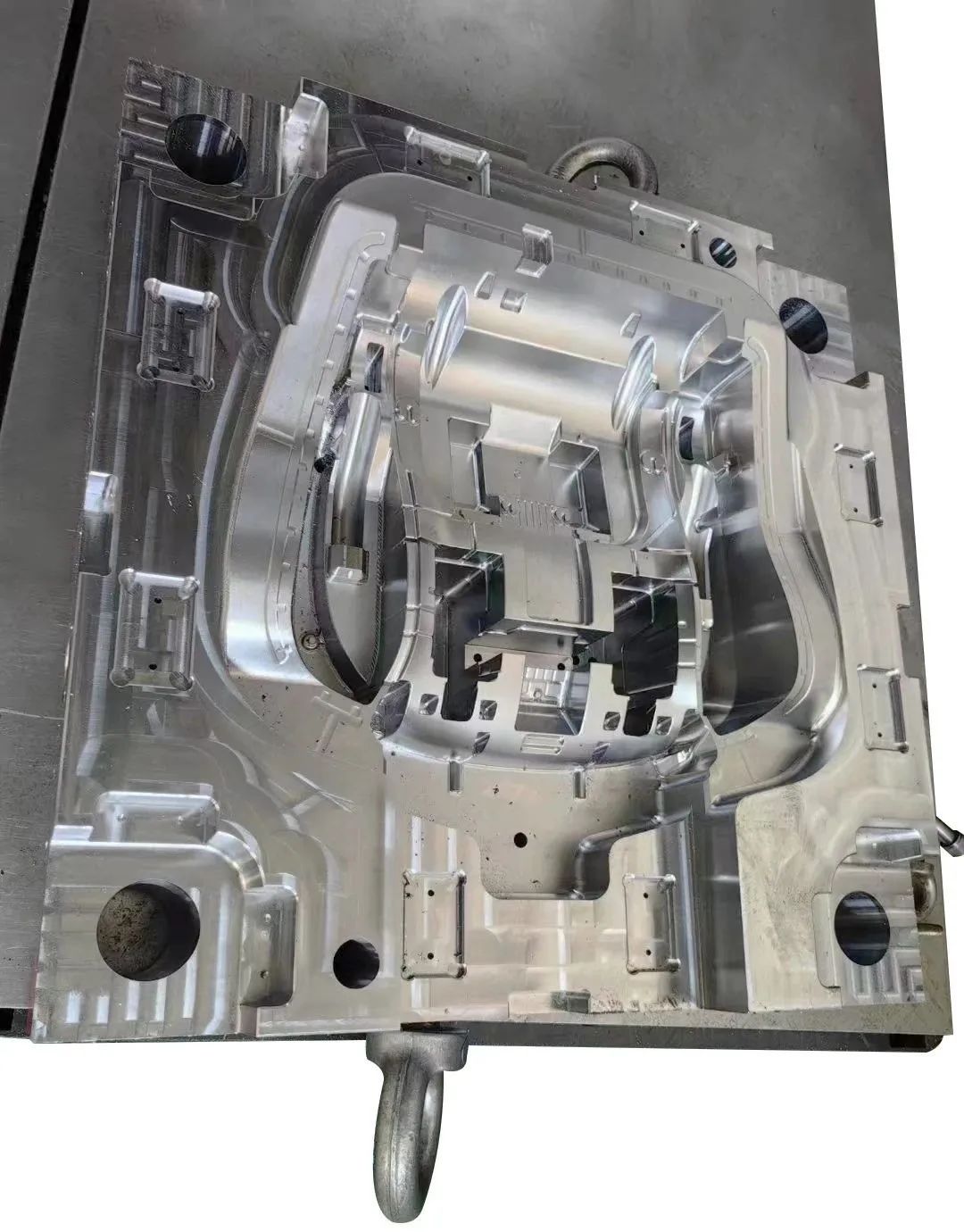
Materials used for rapid tooling rapid tooling
The rapid tooling is generally made of aluminum alloy P20 and 45 # steel, and it is formed by turning sand, forging, or aluminum material of profile sheet steel and CNC machining. Wire cutting, sparking, slow wire and other auxiliary processing technologies are combined to form a set of simple test molds quickly, and the plastic injection molding method is used to present the products.

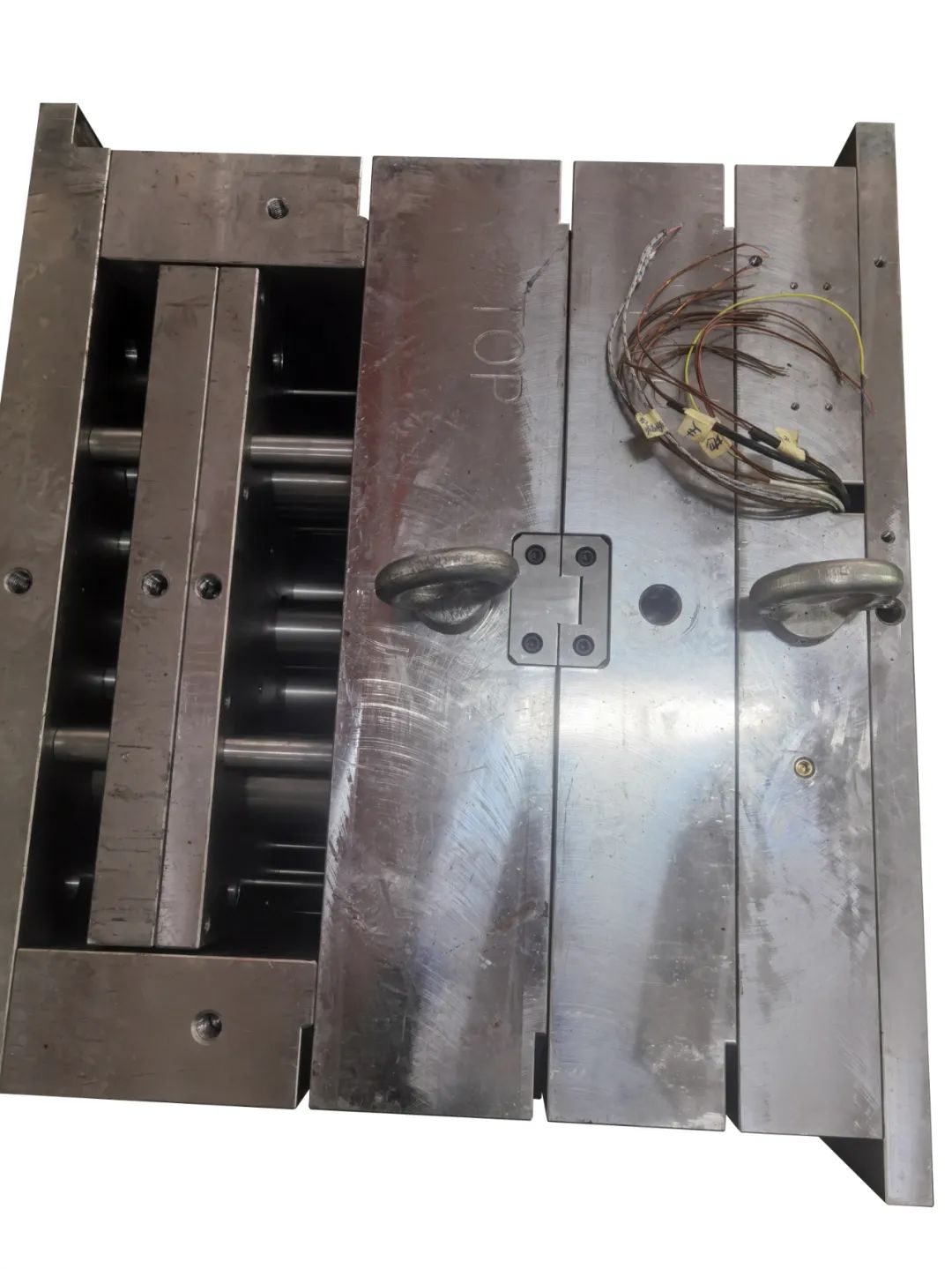
Processing cycle of rapid tooling
The complete molding cycle of the rapid tooling can be as fast as three days to complete the trial mold, and as slow as seven days to complete a rapid tooling. For particularly large products, such as the front bumper of the steam mold, the quick and rapid tooling is usually made, and the mold can be released within 30-40 days. 3C products, such as small products such as chargers, can be processed in seven days.
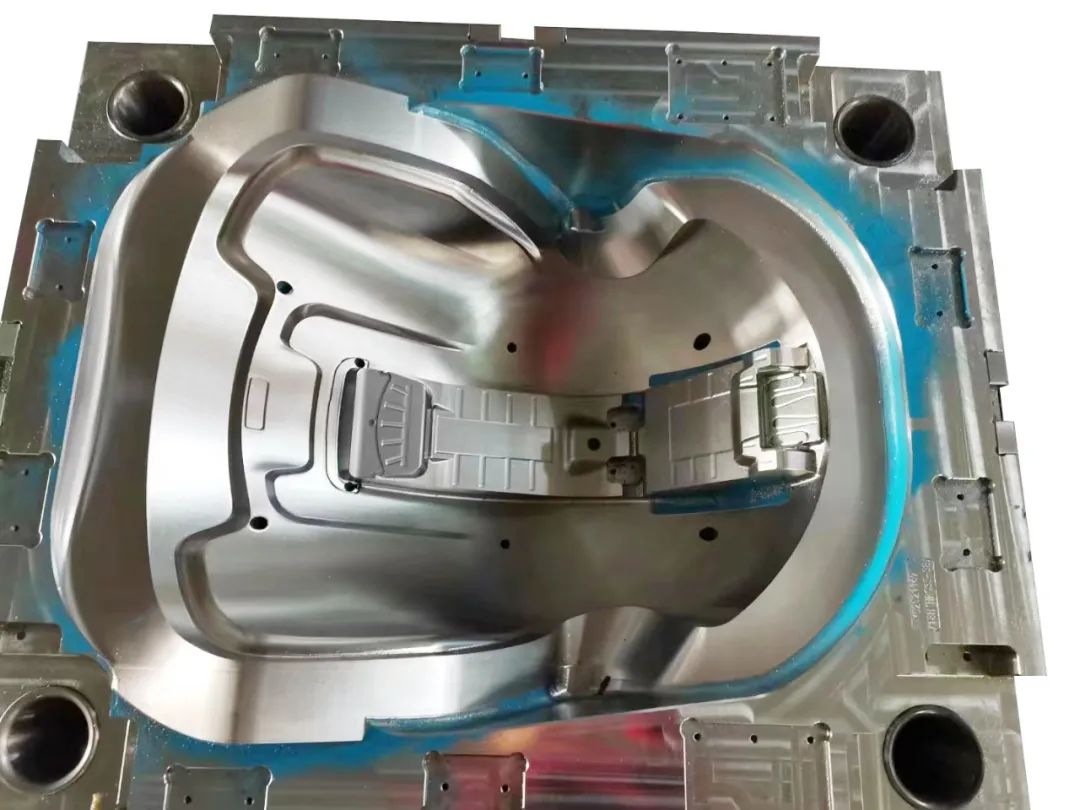
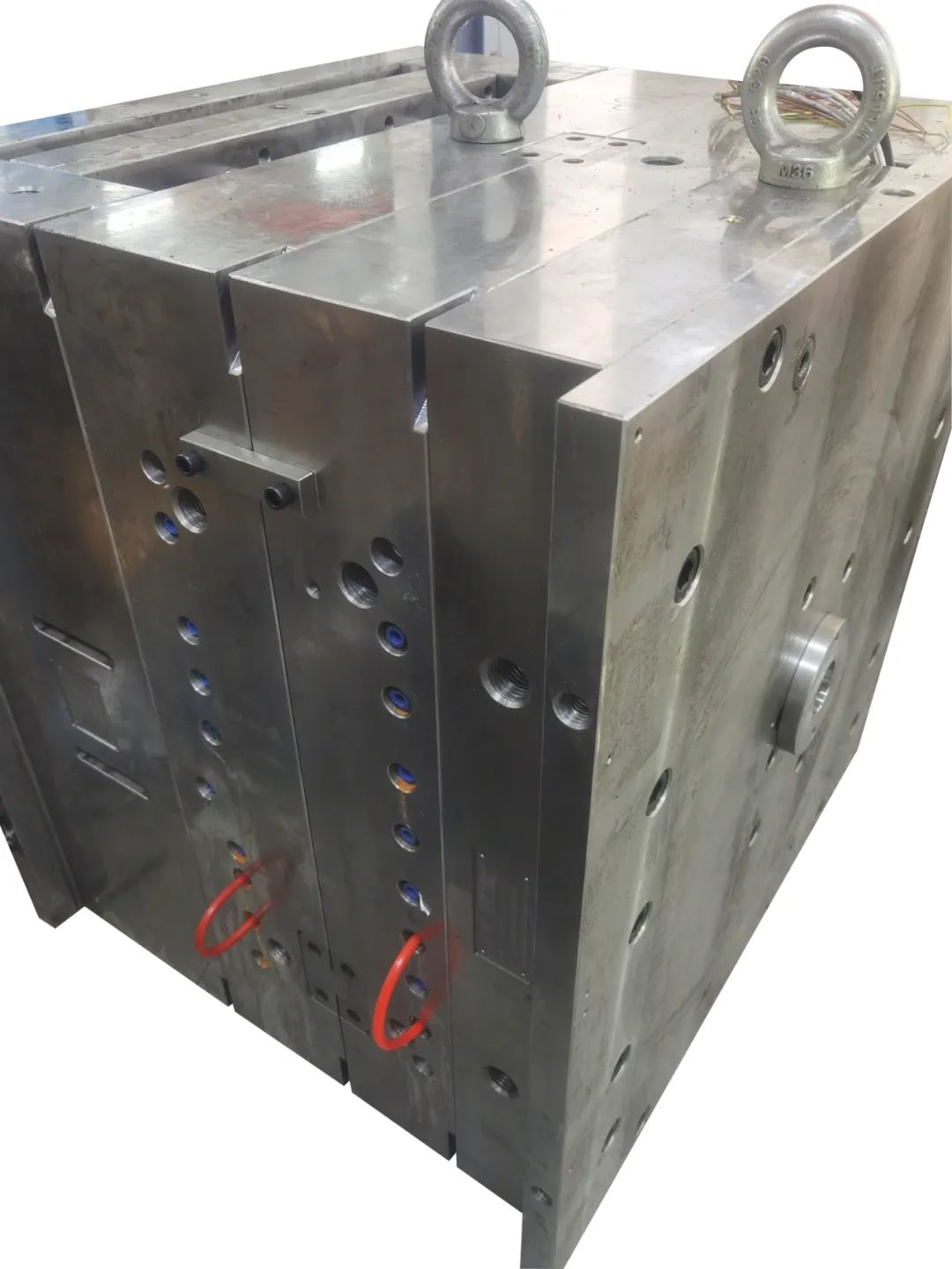
Skills of simple test mold
The processing process of rapid tooling has been simplified production, and all the processing methods of simplified formal mold can be simplified. The mold is shared by the mold base and has no mold core. It reduces the automatic needle extraction, slide block, insert, manual extraction and injection molding of the formal mold. The products with partial inner roof and inclined roof are basically changed to the secondary machining mode to improve the product structure. The output of the rapid tooling is generally not too high, so the rapid tooling forming mode is quickly completed by the simple time-saving and cost-saving method.
